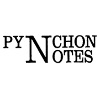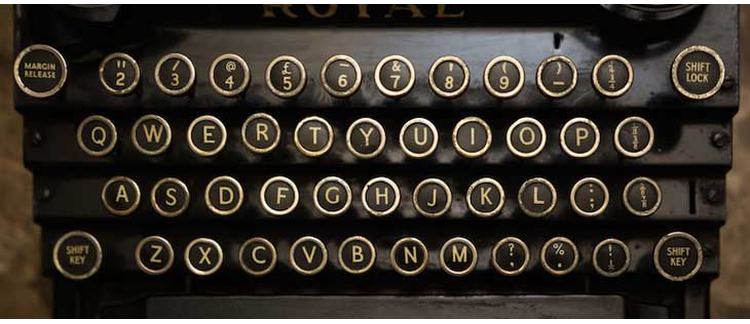Abstract
Of the thirteen pieces in Pynchon and Mason & Dixon (eleven essays plus the introduction and bibliography), not one is written by a woman. Of them all, not one addresses the issue of gender in the novel. I wonder why that is? There are essays on poetics, on the motif of the Line, on the representation of America and of imperialism and of the Enlightenment. There is an essay on the narrator, Wicks Cherrycoke, on the reading strategies demanded by the narrative, on the style of the novel; and the volume concludes with Clifford S. Mead's very helpful comprehensive bibliography. But of women and gender and sexuality–nothing. Is this a characteristic of Pynchon studies generally? Are women perhaps put off by the patriarchal bias of the postmodernist theorizing and narrativizing that informs so much of what is written on Pynchon? Do women find the texts themselves unsympathetic to women readers and feminist readings? A glance through the contents of back issues of Pynchon Notes will indicate that this is not in fact the case. There are plenty of women scholars out there, reading and liking and writing on Pynchon. So why are they not represented here, in the first book-length collection of essays on Mason & Dixon?
How to Cite:
L. Madsen, D., (2001) “Narratives of the Visto”, Pynchon Notes , 229-238. doi: https://doi.org/10.16995/pn.104
Downloads:
Download PDF

